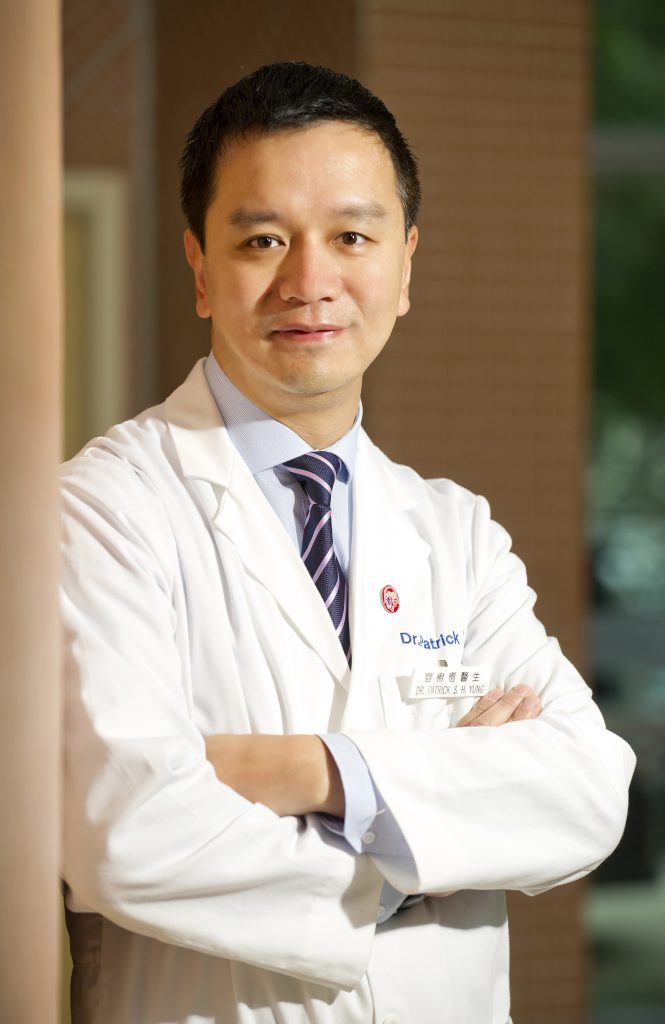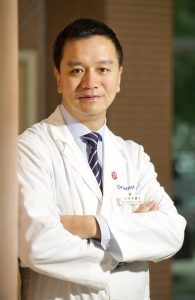Getting injured athletes back on their feet
Getting injured athletes back on their feet
No matter what their sport, most athletes face a career-long battle against injuries and their debilitating effects. Professor Patrick Yung and the Sports Medicine and Health Sciences team at CUHK have helped plenty of injured athletes fight their way back to fitness. The team combines cutting-edge medical technology with the use of biomaterials and stem cell therapy to help distressed athletes recover and return to the field.
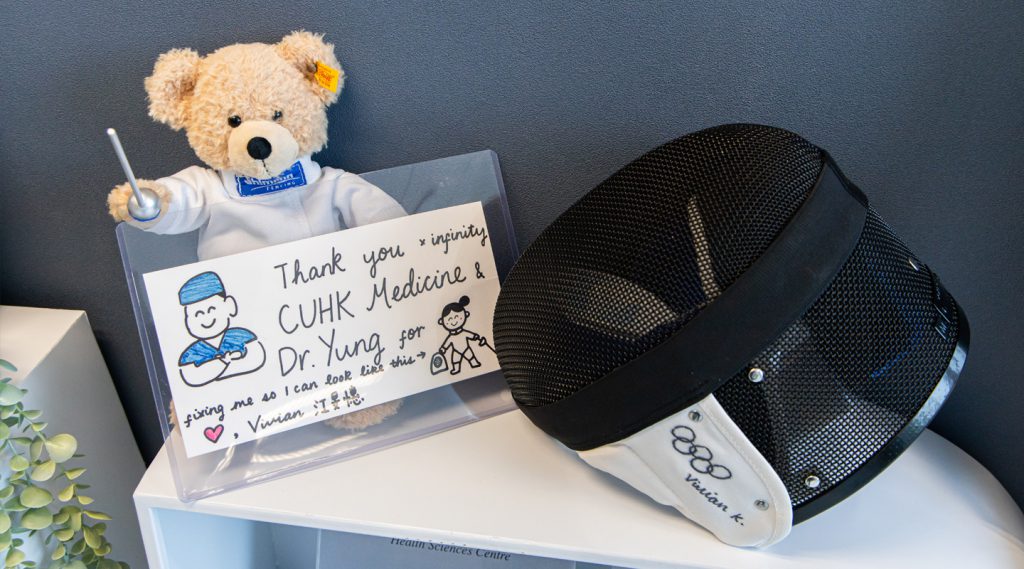
Professor Yung and his CUHK sports medicine team helped Vivian Kong and other athletes recover from their injuries. Photo shows Vivian’s gift to the team.
Biomaterials help speed up athletes’ recovery
Athletes are vulnerable to all kinds of injuries caused by intensive training and the stresses and strains of competition. Serious injuries, such as fractures or ligament injuries, can cause irreversible damage and hamper or even end the career of an athlete. “The greatest desire of any injured athlete is to recover as soon as possible and to get back into training and competition,” said Professor Yung. “Take, for example, the stories of Shek Wai Hung and Vivian Kong. Gymnast Shek won the gold medal in the vault at the 2014 Asian Games, while Vivian is a world-class epee fencing champion. Both of them have experienced multiple serious injuries. Shek had to withdraw from the 2016 Olympics because his rotator cuff was badly torn, but he managed to come back and defend the title at the 2018 Asian Games. Vivian had her anterior cruciate ligaments in both legs ruptured consecutively, but she took the treatment positively and picked up her sword again in less than four months, winning the World Cup not long after and taking back the number one position in the world in women’s epee fencing.”
Athletes need determination to overcome injury, but the technology of sports medicine can play a significant role too. Professor Yung and his team have been taking care of injured Hong Kong athletes for years. They have also worked hard on developing medical technology that helps injured athletes recover faster and better. “Hong Kong’s medical technology has always been world leading. Operations on cruciate ligaments have evolved from open surgery to minimally invasive procedures. Together with computer-aided navigation and tools like robotic arms and 3D bioprinting, the surgery has become more precise. The applications of different regenerative medicine technologies, from biomaterials, growth factors to stem cell therapy, speed up the healing of bone, tendon and ligaments” said Professor Yung.
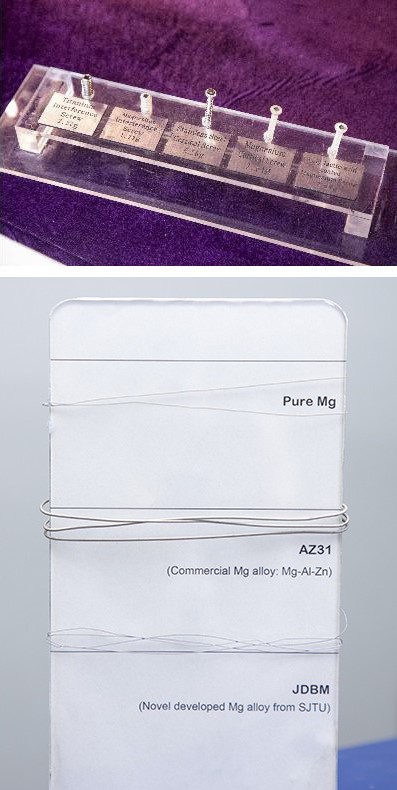
Biodegradable implants made of advance biomaterials can enhance tissue healing and improve stability
Repairing damaged tissue by transplanting allogeneic stem cells
It is a common practice to treat a fracture or a torn tendon by immobilising the injured structure with a cast or splint, or undergoing surgery to realign and fix the broken tissue in serious cases. However, it takes a relatively longer time for bone, cartilage, ligament and nerve cells to regrow. So Professor Yung and his team came up with the idea of stem cell regeneration therapy.
“Stem cells can evolve into various types of tissue. The biggest challenge of this therapy is to control culturing and derivation of stem cells,” said Professor Yung. Against all the odds, his team successfully cultivated a new type of stem cell, namely tendon-derived stem cells (TDSC), in vitro. “We have proved on animal models that TDSC contributes significantly to the recovery of injured tendons.”
Stem cell researchers across the world have been mostly working on autologous stem cell transplantation. However, Professor Yung and his team explored a different path. They successfully separated and identified an allogeneic stem cell from tendon tissue, which can be used as a new cell source for tendon repair. “There are one million cases of anterior cruciate ligament surgery every year around the world. The demand is huge. Setting up an allogeneic stem cell bank can help more athletes. We have succeeded in constructing scaffold-free tendon tissue using TDSCs cell sheet in vitro, which has very strong elasticity, significantly enhance the tendon healing capacity, and does not induce rejection after transplantation.” explained Professor Yung.
Stem cell therapies and regenerative medicine are the future of sports medicine. The next step is to translate them into clinical applications. Professor Yung’s team has been working with the Karolinska Institute from Sweden to set up, under the auspices of InnoHK, the Center for Neuromusculoskeletal Restorative Medicine (CNRM), with the aim of going beyond the laboratory.
“Translating research into applications involves other factors, such as commercial considerations,” he says. “The CUHK Sports Medicine team has the advantages of a strong research and innovation profile. Moreover, the Institute for Tissue Engineering and Regenerative Medicine, founded by Professor Rocky S. Tuan before he became the Vice-chancellor and President of CUHK, has provided us with a lot of forward looking suggestions, which allow us to understand the potential of regenerative medicine. These suggestions and experiences are extremely beneficial to the setting up of the Centre for Neuromusculoskeletal Restorative Medicine.” Professor Yung is looking forward to applying regenerative medicine to more complicated disorders like osteoarthritis and genetic problems, so that more people can benefit from his research.
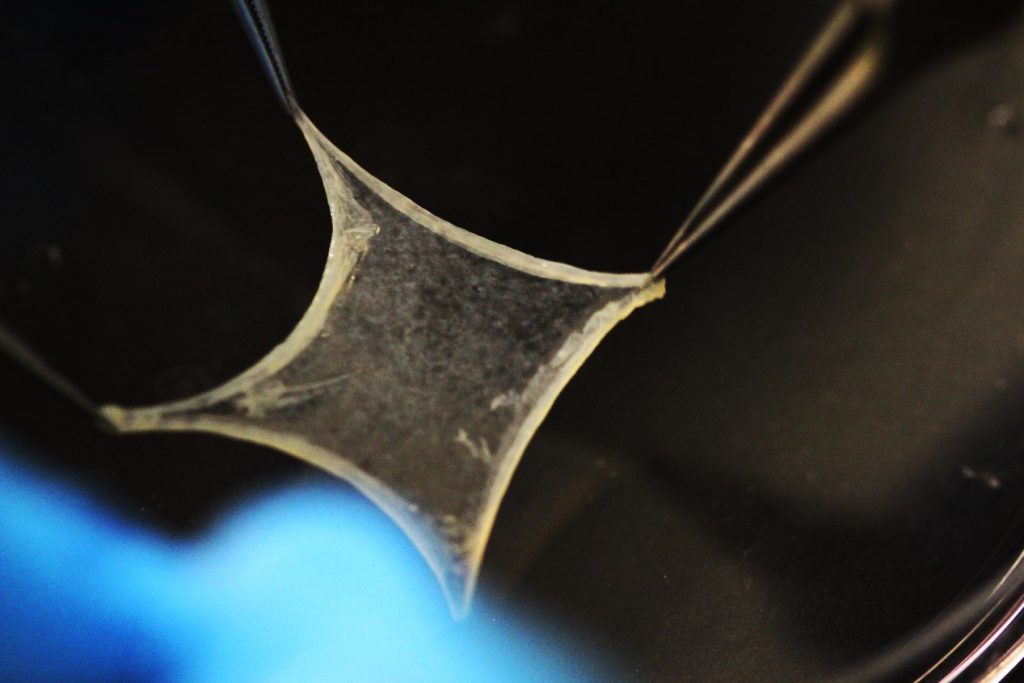
Professor Yung believes that stem cell therapy has extensive applications. His team’s research focuses in particular on orthopedics, including muscles, tendons, cartilages, ligaments and nerves. Photo shows the cultivation of cell sheet from tendon-derived stem cells.
“It is very rewarding to see athletes recover and come back to pursue their dreams. Medical team and scientific research are their strongest support.”
— Professor YUNG Shu-hang, Patrick
Chairman of Department of Orthopaedics & Traumatology, CUHK
Research areas: Neuromusculoskeletal Restorative Medicine
Major achievements:
- President of the Asian Federation of Sports Medicine (Current)
- The Takagi & Watanabe Award of the Asia Pacific Knee Arthroscopy & Sports Medicine Society (2018)
- Golden Cradle Award of the Hong Kong Elite Athletes Association (2018)
- Chinese Sports Medicine Magnolia Award (2017)
- Fellow of the International Federation of Sports Medicine (2011)
- Ten Outstanding Young Persons of Hong Kong (2009)


